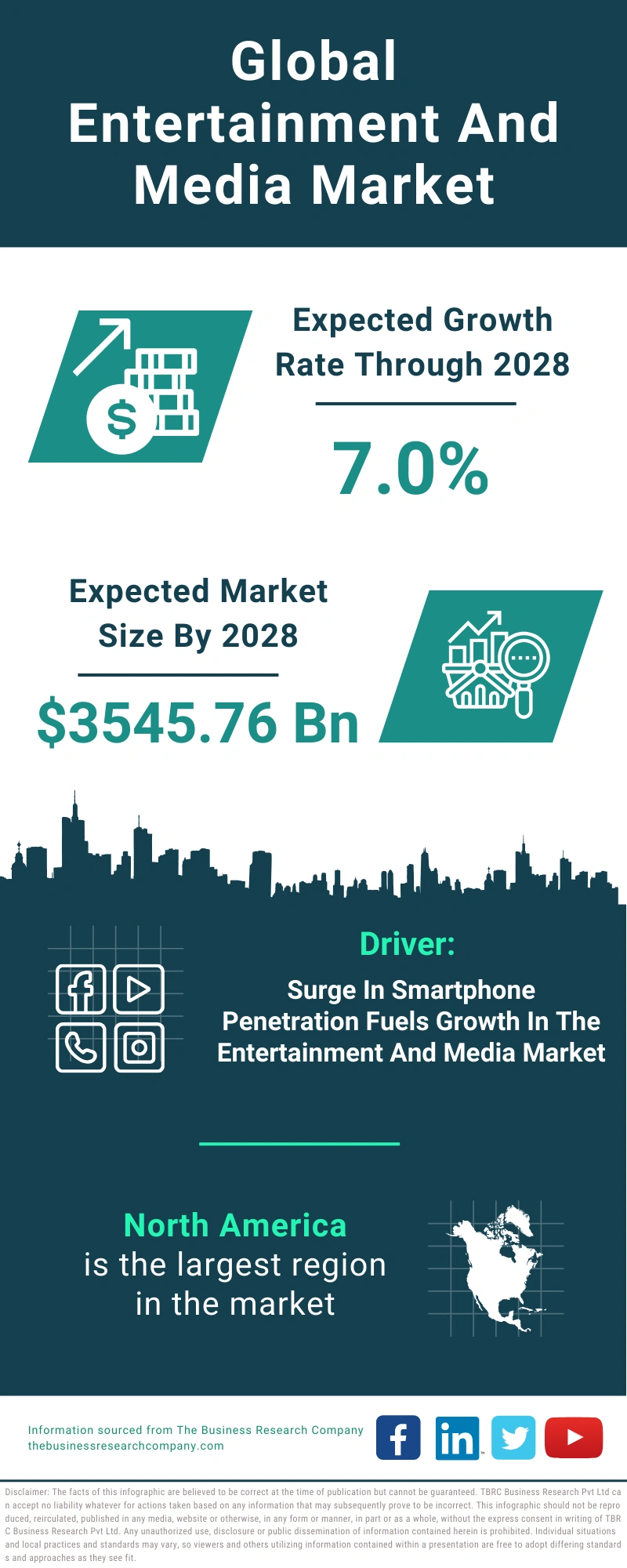Timeline Tales
Exploring the stories that shape our world, one timeline at a time.
The Rise of Binge-Scrolling: How Short Content is Taking Over
Discover how binge-scrolling and short content are transforming our online experience. Dive in to see what's reshaping digital consumption!
The Psychology Behind Binge-Scrolling: Why Short Content Captivates Us
The phenomenon of binge-scrolling has become a defining aspect of our digital interactions. As we swipe through endless streams of short content, our brains release dopamine, the 'feel-good' neurotransmitter that reinforces behaviors. This instant gratification is akin to a digital reward system, where every refresh or scroll can yield a new, enticing piece of information. The accessibility and brevity of short content contribute to our desire to consume it rapidly, making us susceptible to spending hours lost in our devices. Additionally, the average human attention span continues to decline, pushing content creators to focus on concise and engaging material that captures attention quickly.
Binge-scrolling also caters to our psychological need for connection and belonging. The hurried pace of short content allows for immediate, digestible updates that satisfy our curiosity about the lives of others or trending topics. Platforms like Instagram and Twitter have capitalized on this, using algorithms that prioritize content likely to keep us engaged longer. Such platforms create a feedback loop that makes users crave more, leading to prolonged scrolling sessions that feel rewarding despite their often fleeting content. Understanding the psychology behind this behavior can help us navigate our digital consumption more mindfully, fostering a healthier relationship with technology.

The Evolution of Content Consumption: How Short Videos and Posts Are Shaping Our Attention
The landscape of content consumption has undergone a dramatic transformation in recent years, largely driven by advancements in technology and shifts in consumer behavior. Gone are the days when lengthy articles held the population's undivided attention; today, platforms like TikTok and Instagram Reels have revolutionized how we digest information. According to Statista, short-form videos have exploded in popularity, attracting billions of views and reshaping marketing strategies for brands worldwide. This phenomenon underscores a critical reality: as our attention spans shrink, so too does the demand for quick, impactful bursts of information.
In this ever-evolving digital environment, the preference for brevity is not merely a trend but a clear indicator of a larger shift in audience engagement. As noted by HubSpot, content that captures attention quickly is more likely to be shared, thereby amplifying its reach. The rise of short videos and posts is urging content creators to adapt their strategies to deliver value succinctly. This can be achieved through techniques such as storytelling, effective visuals, and strategic calls to action that cater to the fast-paced consumption patterns of today's audiences, shaping not only how content is created but also how brands communicate their messages.
Is Binge-Scrolling Here to Stay? Analyzing the Future of Content in a Fast-Paced Digital World
In today's fast-paced digital world, binge-scrolling has become a prevalent behavior among users seeking instant gratification from the endless stream of content. This phenomenon can be attributed to several factors, including the rise of mobile devices and apps that prioritize engaging, bite-sized information. As a result, platforms such as The Guardian argue that this style of consumption is unlikely to fade away, given its deep integration into our daily routines. Brands and content creators must adapt to this new normal by focusing on producing easily digestible content that captures and retains attention.
However, the future of content hinges on the delicate balance between user engagement and mental well-being. Research from NPR highlights the potential negative implications of continuous scrolling, suggesting that while users are drawn to quick bursts of information, it may contribute to increased anxiety and dissatisfaction. As we look ahead, it is crucial for creators to not only cater to the binge-scrolling trend but also implement strategies that promote healthier interaction with content, ensuring a sustainable future for both audiences and platforms alike.